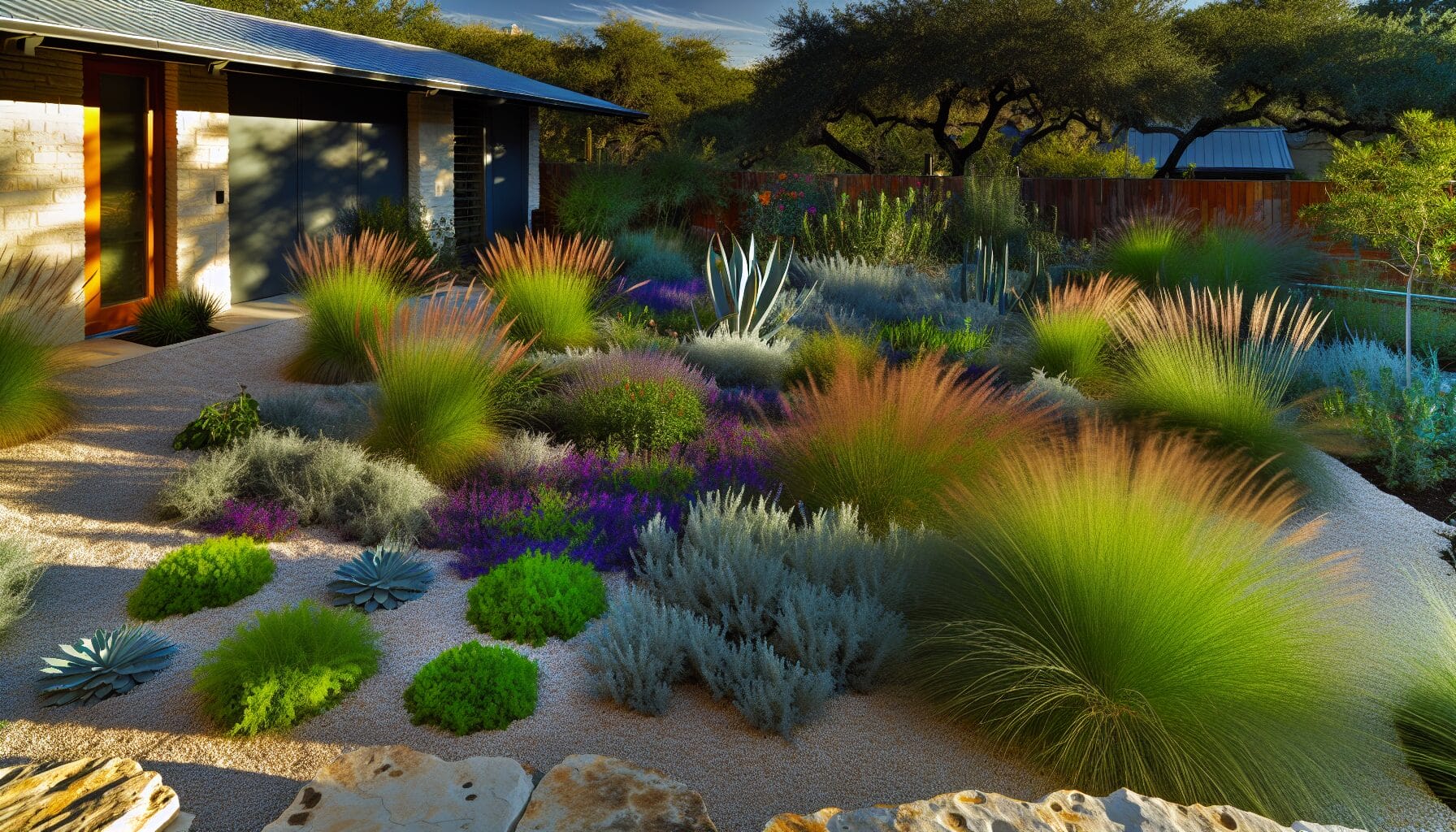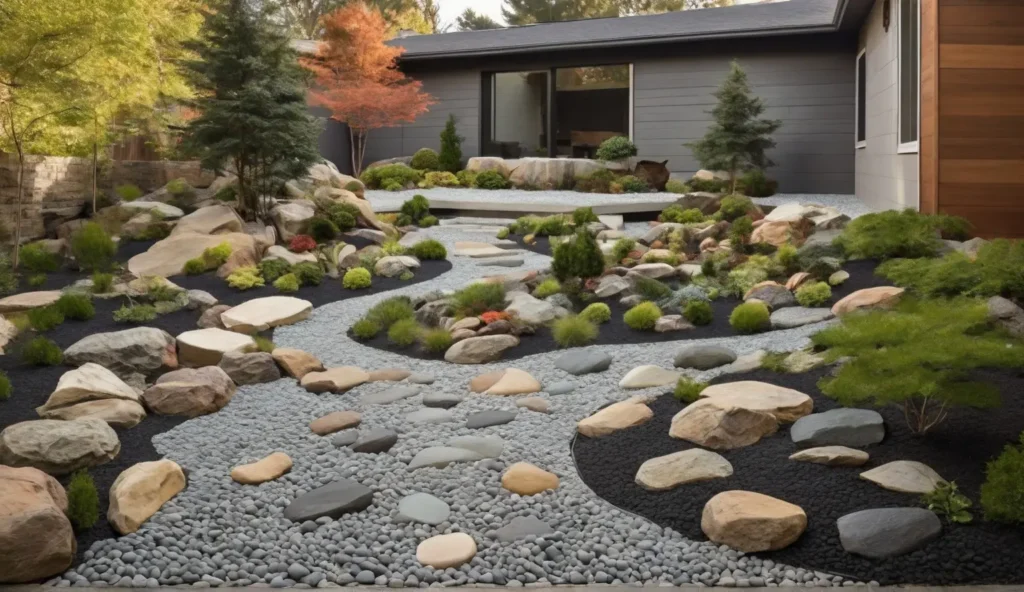How to Make Your Landscape Sustainable in Austin’s Climate: A Guide to Eco-Friendly Yard Practices
By Innovation Grounds
When it comes to landscaping in Austin, Texas, sustainability is more than just a trend – it’s a necessity. With the city’s unique climate, characterized by hot summers, occasional droughts, and unpredictable rainfall, creating an eco-friendly yard that thrives year-round requires thoughtful planning and resource-conscious practices. In this blog, we’ll explore how you can make your landscape sustainable in Austin’s climate using the principles of green landscaping, sustainable landscaping, and eco-friendly yard designs.
Why Sustainable Landscaping Matters in Austin
Austin’s climate presents both challenges and opportunities for homeowners aiming to create sustainable landscapes. The region is classified as a hot semi-arid climate, with long, dry summers and short, mild winters. Frequent droughts, water restrictions, and extreme heat put additional strain on traditional lawn care and landscaping practices. At the same time, the city has an ever-growing focus on environmental sustainability, with initiatives like the Austin Green Builder Program and the Austin Climate Equity Plan encouraging sustainable living practices.
Creating a sustainable landscape in Austin is not only beneficial for the environment but also helps reduce water usage, lower maintenance costs, and promote biodiversity. By focusing on eco-friendly yard practices, homeowners can contribute to water conservation, minimize waste, and support local wildlife – all while enjoying a beautiful, functional outdoor space.
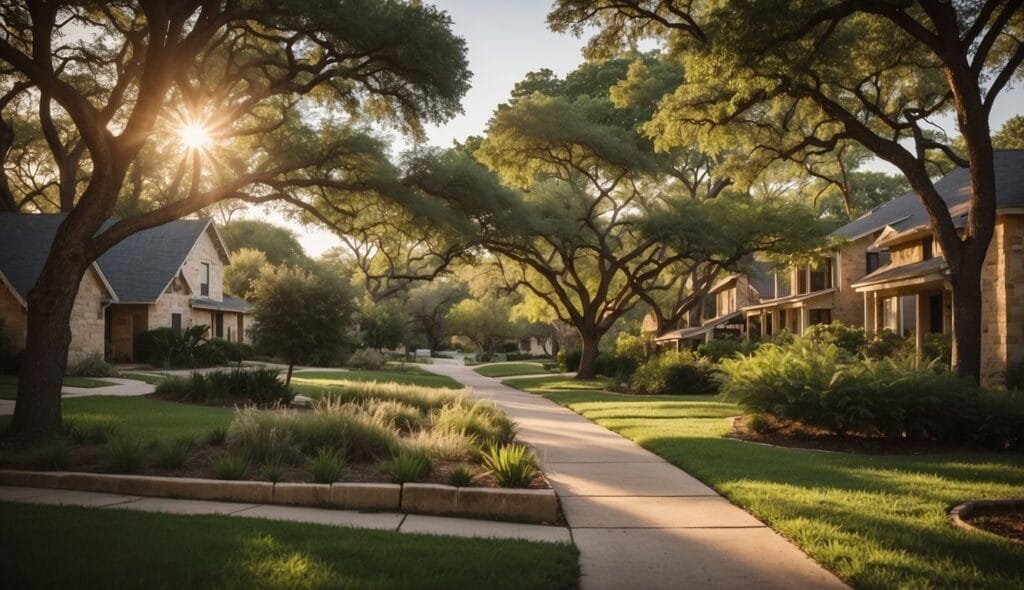
1. Choose Native Plants for Drought Tolerance
One of the foundational principles of sustainable landscaping in Austin is selecting plants that are well-suited to the local climate. Native plants are adapted to the region’s temperature fluctuations, rainfall patterns, and soil conditions, making them an ideal choice for eco-friendly yard designs. They require less water, fertilizer, and pesticides compared to non-native species, which translates to reduced maintenance and a lower environmental impact.
Consider incorporating native plants such as Texas bluebonnet, black-eyed Susan, Indian blanket, and pigeonberry into your landscape. These plants thrive in Austin’s hot, dry conditions and attract beneficial pollinators like bees and butterflies. By planting a variety of native species, you can create a colorful, low-maintenance garden that is both beautiful and ecologically responsible.
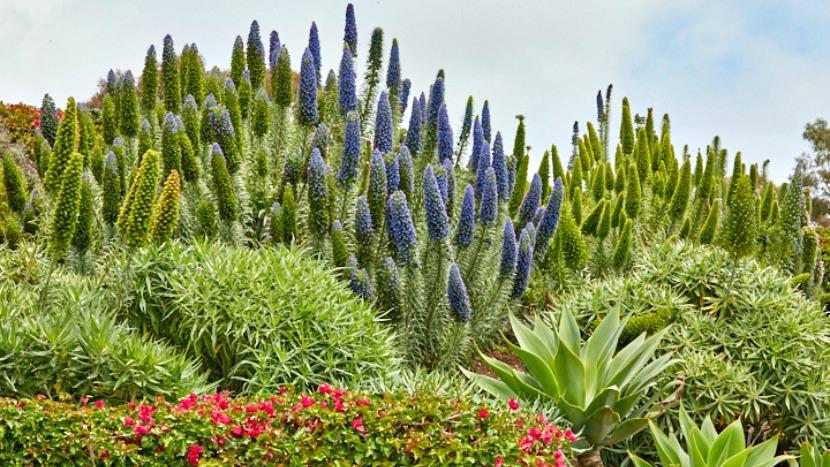
2. Xeriscaping: A Water-Wise Solution
With Austin’s frequent water restrictions and the ongoing threat of droughts, xeriscaping – a landscaping technique that reduces the need for irrigation – is a game-changer for sustainable landscaping in Austin. Xeriscaping involves choosing plants that require minimal water once established and using efficient irrigation systems to reduce water waste.
Incorporate drought-tolerant plants such as agave, yucca, and salvia that thrive in hot, dry conditions. Group plants with similar water needs together to minimize over-watering, and use mulch to help retain moisture in the soil. Mulching not only conserves water but also improves soil health by reducing erosion and providing nutrients as it breaks down. By adopting xeriscaping principles, you can create a stunning, water-efficient landscape that thrives even during Austin’s dry spells.
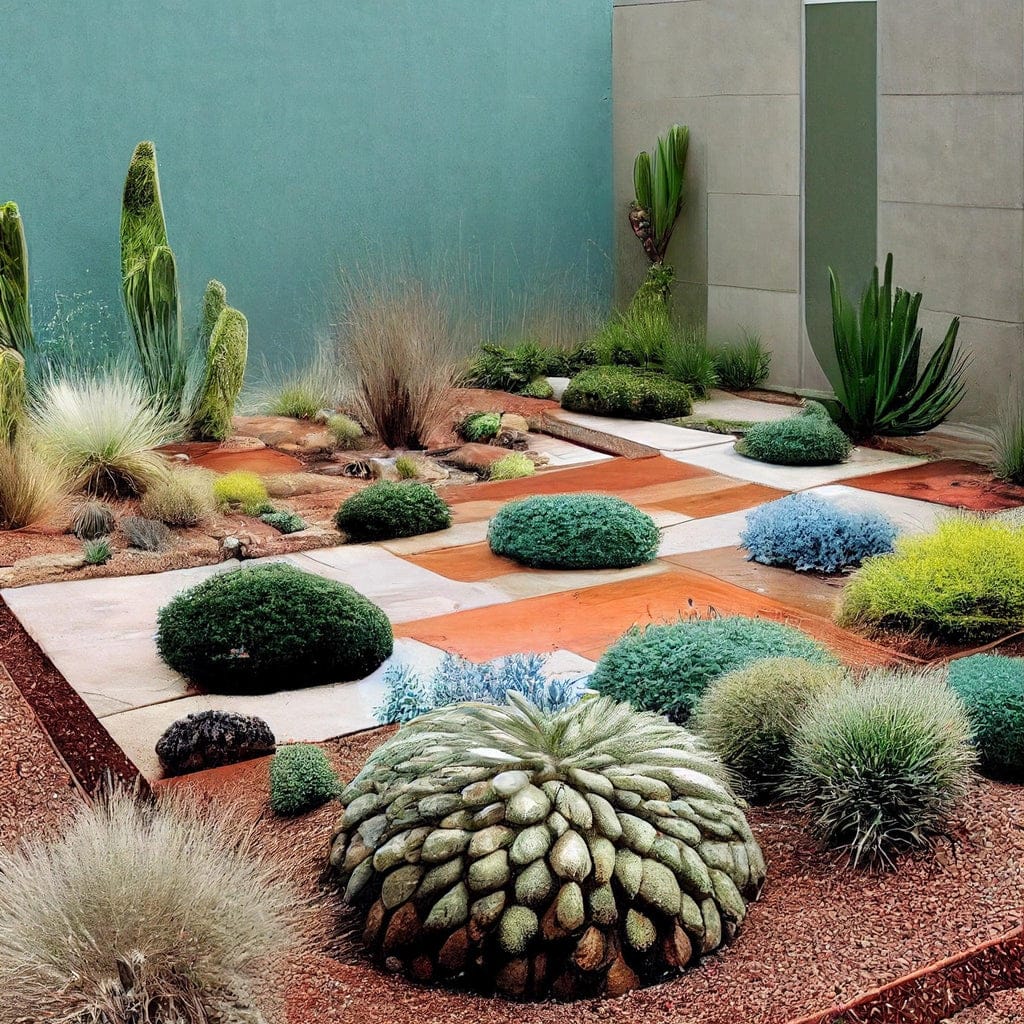
3. Reduce Lawn Area: The Case for Lawn Alternatives
Traditional lawns, with their high water and maintenance demands, are not the best choice for sustainable landscaping in Texas. In fact, maintaining a lawn in Austin can be both expensive and resource-intensive, requiring large amounts of water, fertilizers, and pesticides. Fortunately, there are plenty of eco-friendly alternatives to traditional grass lawns that are better suited to Austin’s climate.
Ground covers like clover, buffalo grass, and liriope provide excellent alternatives to water-thirsty turfgrass. These plants require less water and maintenance, and they offer a soft, attractive ground cover. Alternatively, you can opt for hardscaping elements such as patios, paths, and decorative stone features that reduce the area dedicated to grass while adding visual interest to your yard. These alternatives not only save water but also reduce the need for constant mowing, which lowers fuel consumption and air pollution.
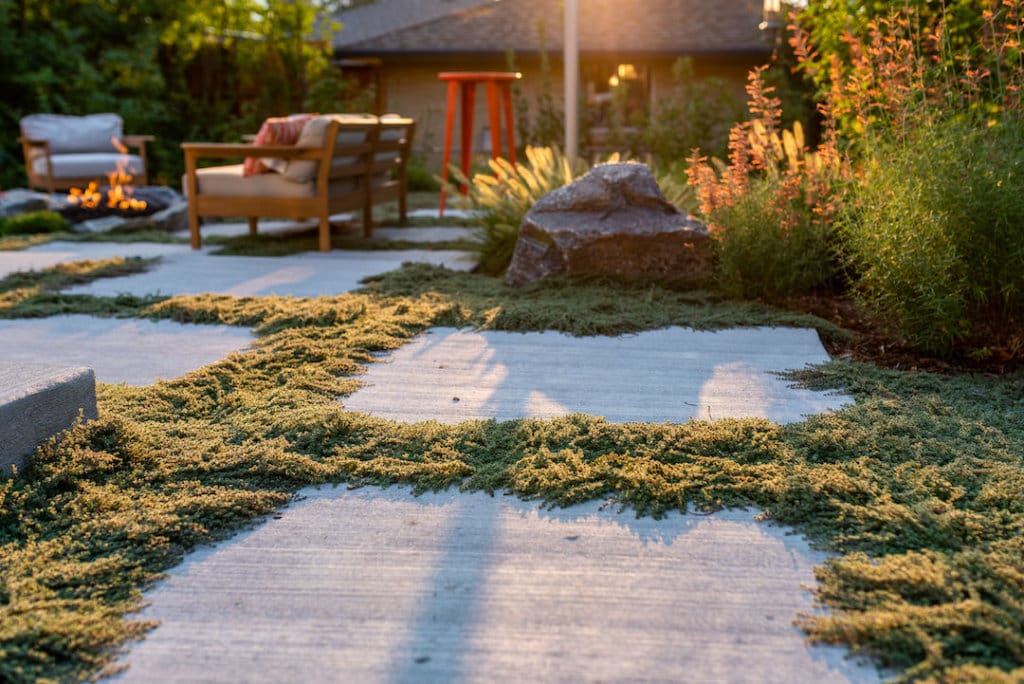
4. Implement Efficient Irrigation Systems
Even with drought-tolerant plants and xeriscaping principles, it’s essential to ensure that your landscape receives the proper amount of water to thrive. This is where efficient irrigation systems come in. Traditional sprinkler systems often lead to water wastage, with water spraying on sidewalks, driveways, or areas that don’t need it.
Consider installing a drip irrigation system or soaker hoses for more targeted watering. These systems deliver water directly to the roots of plants, minimizing evaporation and runoff. Additionally, consider using a smart irrigation controller that adjusts watering schedules based on weather conditions, ensuring your landscape only receives the water it needs.
For those with large areas to irrigate, rainwater harvesting is another excellent option. By capturing rainwater from your roof and storing it in barrels or tanks, you can reduce your reliance on municipal water and provide your garden with free, sustainable irrigation.
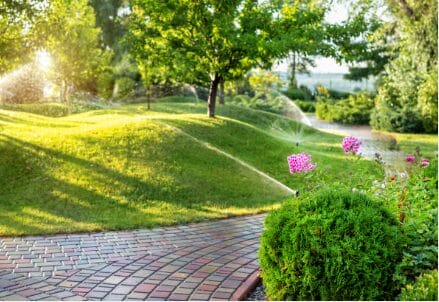
5. Encourage Biodiversity with Wildlife-Friendly Practices
A sustainable landscape is not just about water conservation – it’s also about creating a habitat that supports local wildlife. Austin is home to a diverse array of animals, from birds and butterflies to beneficial insects and small mammals. By incorporating wildlife-friendly features into your eco-friendly yard, you can help support this biodiversity.
Planting a variety of native flowering plants, trees, and shrubs creates a diverse environment that provides food, shelter, and nesting sites for wildlife. Installing birdhouses, bat boxes, and pollinator-friendly elements such as bee hotels can encourage more species to visit your landscape. Additionally, avoid using harmful pesticides or chemicals that can harm beneficial insects like bees, which are vital to pollination.

6. Composting and Mulching: Sustainable Soil Practices
Healthy soil is the foundation of a sustainable landscape. By adopting composting and mulching practices, you can enrich your soil, reduce waste, and decrease the need for chemical fertilizers. Composting organic materials like food scraps, yard trimmings, and leaves provides valuable nutrients that improve soil structure and fertility.
Mulching is another great way to protect and improve soil health. A layer of mulch around plants helps to retain moisture, suppress weeds, and regulate soil temperature. Use organic mulches such as wood chips, shredded leaves, or bark to promote healthy soil ecosystems and reduce your overall environmental footprint.
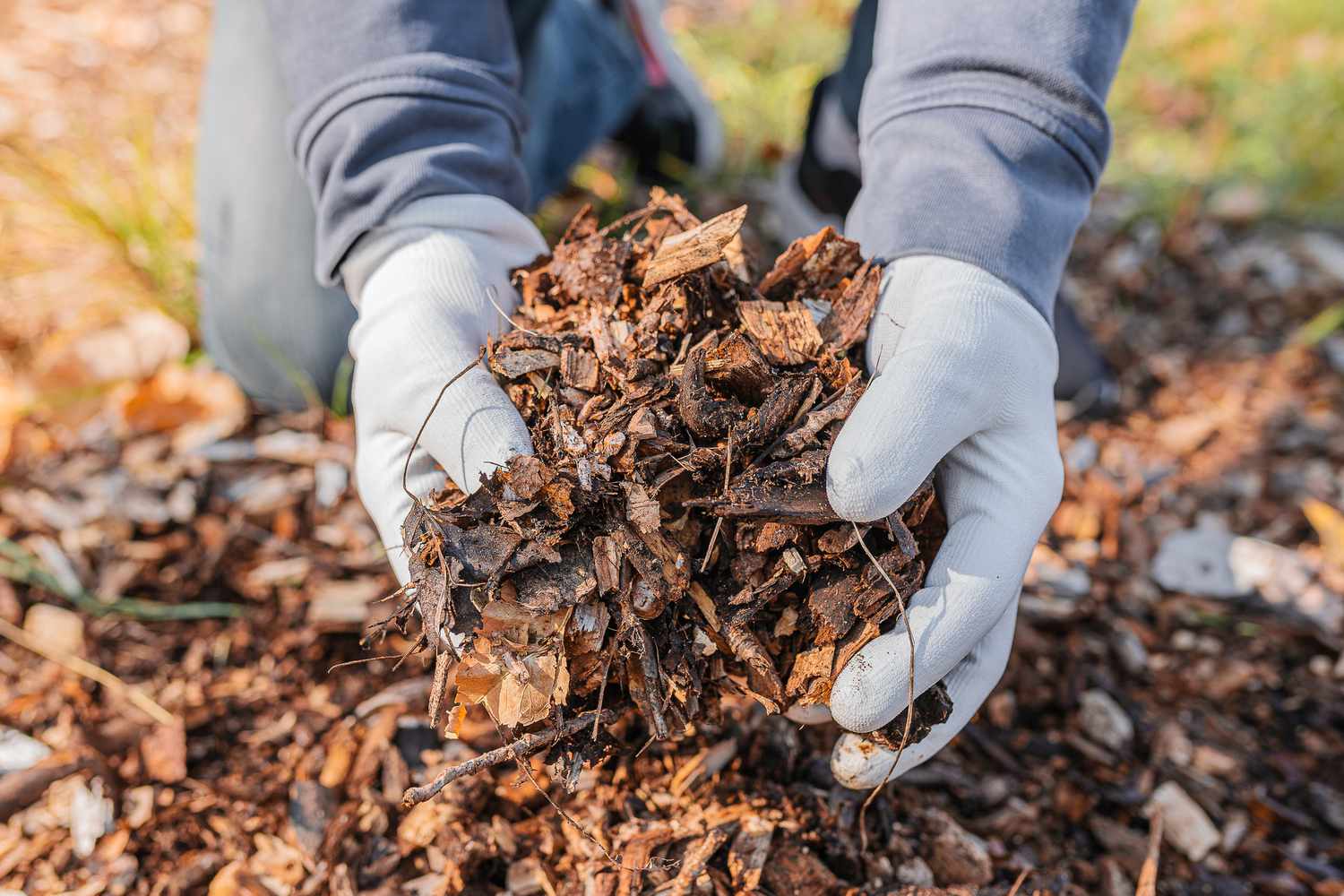
7. Sustainable Lawn Care Practices
If you do choose to maintain a lawn in your Austin landscape, it’s important to adopt sustainable lawn care practices to minimize environmental impact. This includes mowing your lawn at the proper height (higher grass blades promote deeper root growth and better drought tolerance), using organic fertilizers, and avoiding the use of harmful pesticides and herbicides. Consider using an electric mower or reel mower to reduce the carbon footprint associated with lawn maintenance.
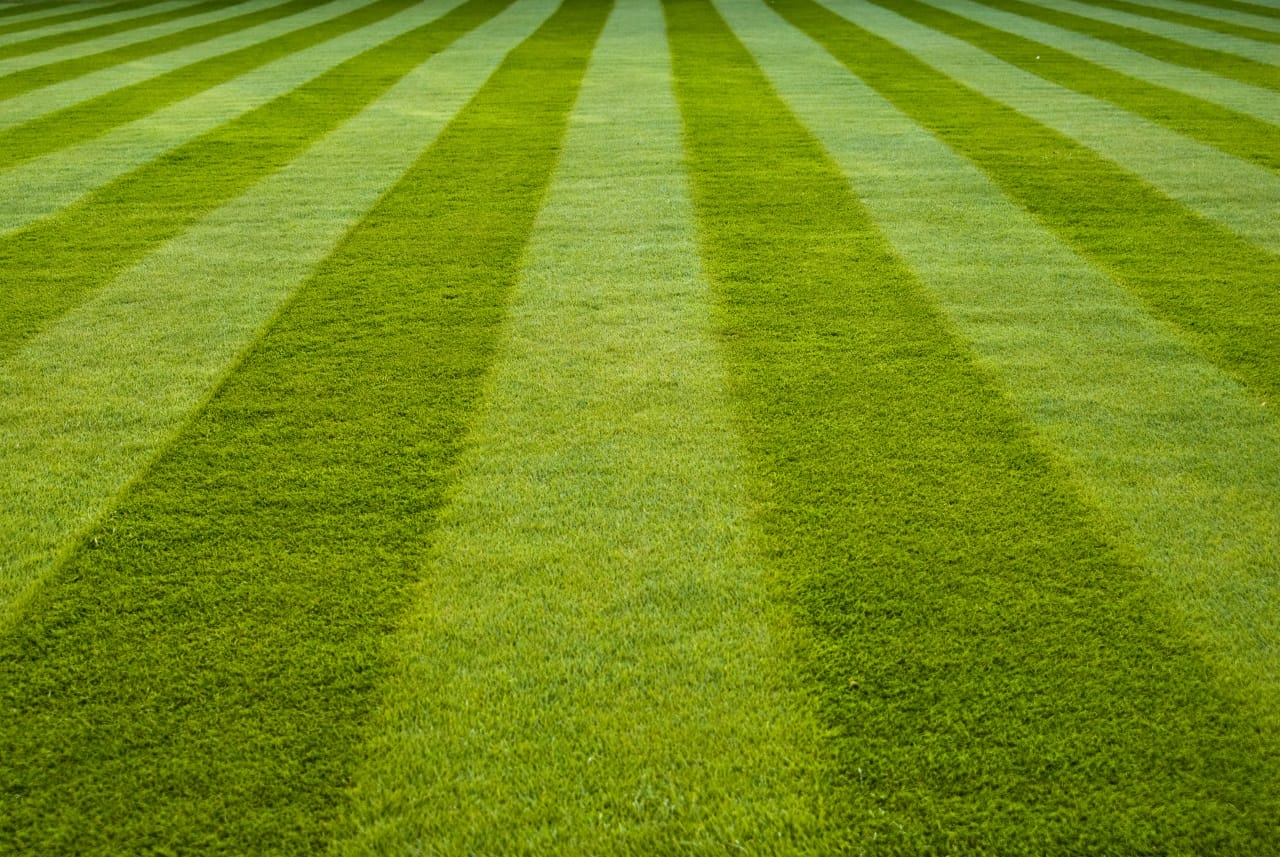
Conclusion: Creating a Sustainable Landscape in Austin
Creating a sustainable landscape in Austin’s climate requires thoughtful planning, a commitment to eco-friendly practices, and a willingness to embrace low-maintenance alternatives to traditional landscaping. By choosing native plants, reducing your lawn area, implementing water-wise irrigation, encouraging biodiversity, and practicing sustainable lawn care, you can create an outdoor space that thrives in Austin’s unique climate while contributing to a greener, more sustainable future.
By adopting sustainable landscaping practices, you not only create a more resilient landscape but also help preserve Austin’s natural beauty for future generations. Whether you’re aiming for a drought-tolerant garden or a wildlife haven, the principles of sustainable landscaping in Austin can help you achieve an eco-friendly yard that enhances your home and the environment.
Start your journey towards a greener, more sustainable landscape today and transform your yard into an eco-friendly oasis that stands the test of time.
